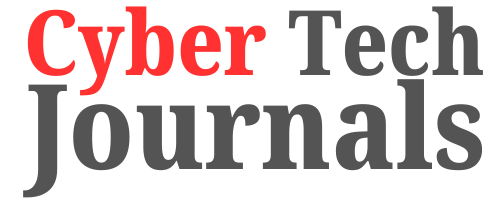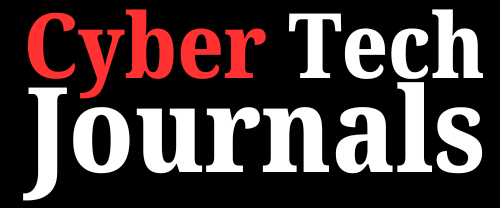Information security (InfoSec) is the discipline dedicated to safeguarding all forms of data—digital, physical, and spoken—from unauthorized access, misuse, corruption, or destruction In today’s hyper-connected world, the exponential growth of data across cloud environments, mobile devices, and legacy systems has raised the stakes for governments, businesses, and individuals alike.
What Is Information Security—More than Just Cybersecurity
InfoSec goes beyond just technical controls. It encompasses:
- Administrative safeguards (policies, risk assessments, training)
- Physical measures (secure storage, access control)
- Technical tools (encryption, firewalls) (Wikipedia, Wikipedia)
Cybersecurity is a crucial subset of InfoSec, targeting digital assets and network threats—while InfoSec addresses a broader spectrum, including paperwork, verbal communication, and offline records (cybertechjournals.com).
The Pillars: Confidentiality, Integrity, and Availability (CIA Triad)
The CIA triad is the core of InfoSec:
- Confidentiality: Ensuring only authorized users can access sensitive information
- Integrity: Safeguarding data accuracy and preventing unauthorized changes
- Availability: Ensuring data and systems are accessible when needed by legitimate users.
These foundational elements guide every information security strategy—upholding trust, preventing breaches, and ensuring resilience.
Key Roles of Information Security in Cybersecurity
InfoSec provides the strategic backbone for cybersecurity operations:
- It enables threat modeling, risk assessments, and compliance with standards like GDPR or HIPAA
- It supports business continuity and brand reputation by preventing data breaches and operational impact
- In executive frameworks like NIST’s CSF, InfoSec is the “Identify” and “Protect” functions—forming the basis for incident response and recovery. All of which cybersecurity builds on to manage digital threats
Core Strategies & Tools Used in Information Security
- Administrative controls: Risk policies, incident management, security training, and awareness programs—vital given that human error contributes to the majority of breaches
- Physical controls: Secure facilities, surveillance, locks, and UPS systems to protect both IT and non-IT assets
- Technical controls: Encryption, access controls, firewalls, SIEM or SOC platforms, and automated threat detection tools—like AI-driven solutions featured in Cyber Tech Journals’ “AI Threat Detection Tools That Actually Work in 2025”
InfoSec’s Integration with Cybersecurity Operations
Effective protection requires coordinated collaboration:
- InfoSec and cybersecurity teams work together on asset classification, risk-based prioritization, and layered defense stacking technical, physical, and administrative controls.
- Cybersecurity tools build on InfoSec policies, while InfoSec relies on cyber operations for continuous monitoring and incident response—often through SOC functions such as an Information Security Operations Center (ISOC/SOC) (Wikipedia).
Challenges and Emerging Trends
Organizations face growing complexity:
- Escape-proof threats like ransomware and insider misuse intensify demands on InfoSec frameworks
- Rapid shifts to cloud, IoT, and AI require adaptive controls and forward-looking policies for new environments
- Compliance regimes are evolving: data residency, privacy, and reporting requirements push InfoSec to mature faster and more transparently (Wikipedia)
Why Organizations Must Prioritize Information Security
Failure to invest in InfoSec has rippling consequences:
- Financial losses from breaches or operational stoppage
- Legal penalties due to non-compliance
- Reputational damage and erosion of customer trust and brand value (Wikipedia)
A proactive InfoSec culture—with regular assessments, staff training, and leadership support—is essential to prevent these outcomes.
Conclusion: Building Resilience in a Risk-Filled Digital Age
Robust information security isn’t optional—it’s the essential framework on which any effective cybersecurity program depends. It empowers organizations to:
- Secure critical data
- Maintain operational trust
- Enable innovation safely
📌 Call to Action: Invest in InfoSec policies, training, and technical controls now. Build a culture of vigilance and resilience. Learn more about security foundations in Cyber Tech Journals’ coverage of cybersecurity audits and policy frameworks, like “The Role of Cybersecurity Audits in Maintaining Business Integrity”.
Read More:
- Understand Information Security and Its Role in Cybersecurity — Cyber Tech Journals’ foundational definitions and exploration of InfoSec (cybertechjournals.com)
- The Role of Cybersecurity Audits in Maintaining Business Integrity — For practical insight on administrative and governance controls in InfoSec (cybertechjournals.com)

















Leave a comment